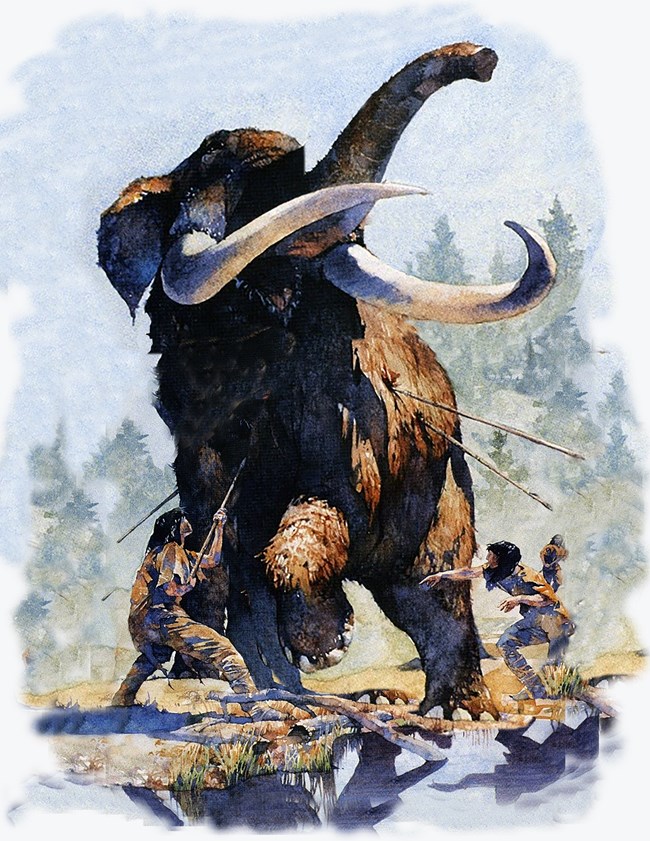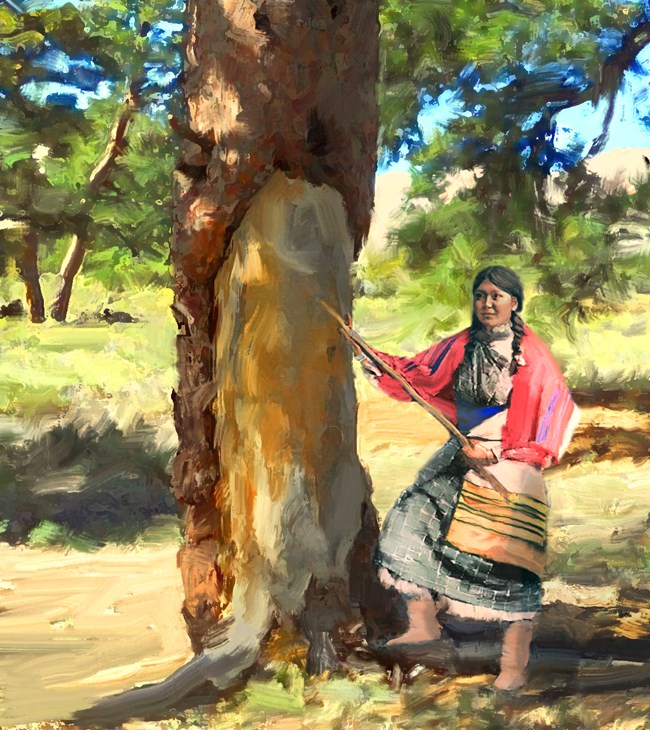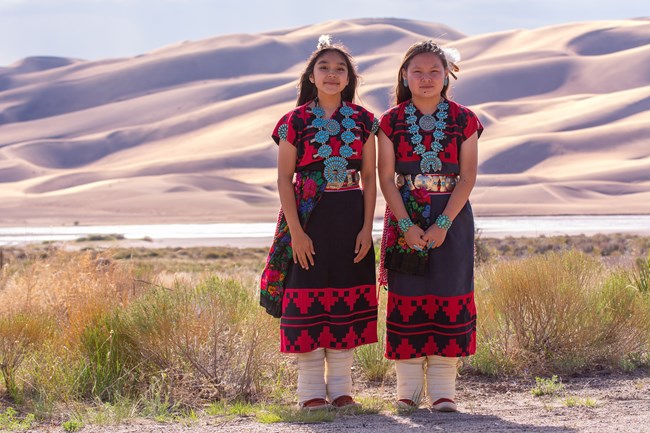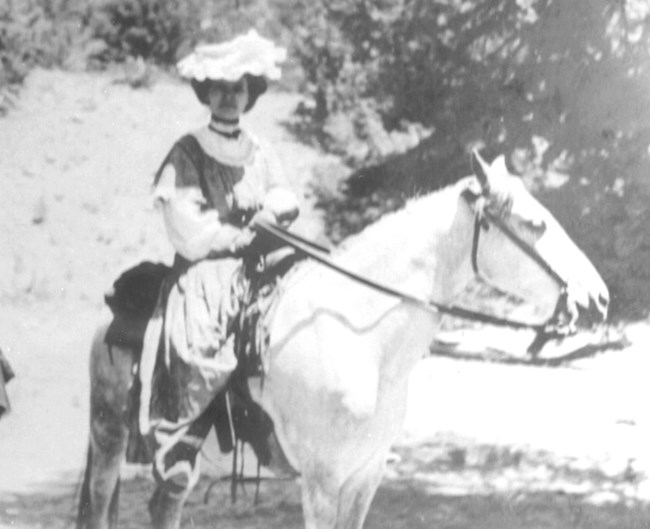
NPS Paleo and Archaic Cultures of Great Sand Dunes
NPS/Patrick Myers Culturally Modified Trees
NPS/Patrick Myers A Living Connection: Great Sand Dunes' Affiliated Tribes

NPS Archives Exploration and Settlement around Great Sand Dunes |
Last updated: May 1, 2025
